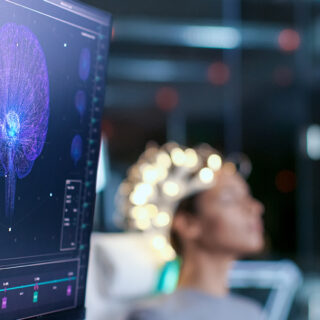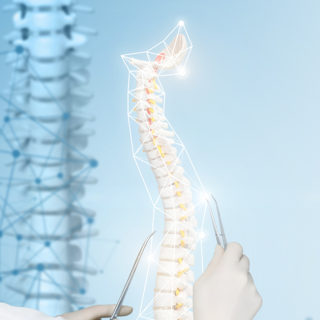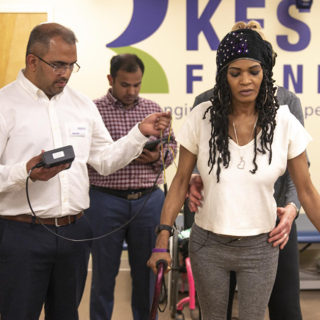A Spinal Cord Injury (SCI) adversely affects many aspects of a person’s life. People who are not affected by such a condition tend to focus on the loss of mobility as the biggest hurdle that a SCI patient faces. The truth is that other equally important spheres of a person’s existence suffer tremendously as a result of the injury. Taking back control of one’s life involves more than just regaining control of one’s limbs. Other areas are just as critical to a person’s well-being although they may not be highlighted often enough.
It is quite clear that one will be affected psychologically by a Spinal Cord Injury. The feelings of hopelessness and depression can be somewhat mitigated through counselling. The SCI patient and his or her support network of family, friends and work colleagues are eased into the altered circumstances which henceforth will be the new ‘normal’ for them.
One, however, rarely thinks of a person’s sexuality as a casualty of a Spinal Cord Injury. The uncomfortable truth, however, is that this is an area that suffers greatly as it affects (for those with spouses) not only the patient but their partner as well. Since the rule of thumb is that some level of sensation and mobility is lost below the level of the injury (the degree of such loss depending heavily on the extent of the injury), this aspect of a Spinal Cord Injury patient’s life suffers a great deal. This ‘invisible problem’ takes a rather heavy toll unless it is addressed together with the other challenges that SCI generates.
The good news is that there is a process of gradually regaining one’s mobility and the same process has the added benefit of improving other functions that were affected by the injury to the spine.
By the use of an Epidural Stimulation device, one can regain control of one’s life in various ways. The Epidural Stimulation device is an electronic gadget that is surgically implanted over the spinal cord which connects directly to the nervous system. The patient is then taught how to remotely control the device to execute limb movements. This involves an intensive training period known as Mapping that may last up to 40 days. All movements and motor functions that a patient now performs with the device would originate from the brain. The device functions by activating the nerve circuitry within the spinal cord. The Epidural Stimulation device works by bypassing the side with the injury and facilitates voluntary limb movements.
A happy by-product of the return of mobility is that it is often accompanied by the revival of secondary functions that had been suppressed as the result of the SCI, such as functions of the cardiovascular and autonomic nervous systems. Autonomic functions in particular refer to bodily functions that we do not consciously direct such as digestive processes and breathing.
Sexual function is also revived and with returning strength, one is eventually able to lead a fulfilled life as any able-bodied person would.
To learn more about our Epidural Stimulation procedures and related treatments, contact our specialists today for a free consultation.
H/T: Craig Hospital














